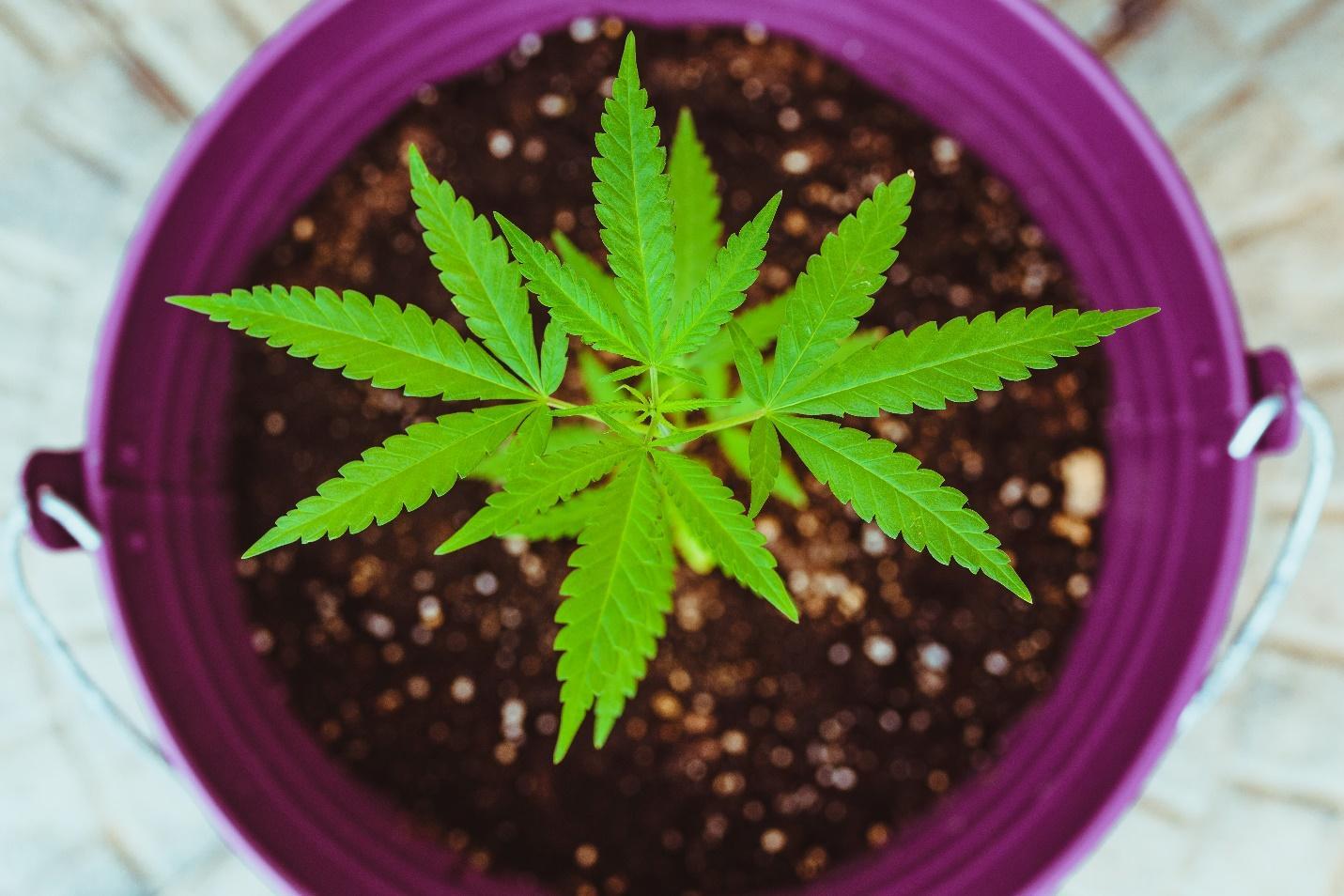
If you are a fan of ultra-fine dining, then you’ve probably heard about – or longed to visit – Eleven Madison Park, New York City. It’s a bucket list type of place, complete with a celebrity chef (Swiss maestro, Daniel Humm) and one of only 14 restaurants in America to boast three Michelin stars. For good measure, Eleven Madison Park has regularly been voted the world’s best restaurant. As you might expect, it also very tough to get a table in such a celebrated eaterie.
In 2021, however, Eleven Madison Park spent much of the year with its doors firmly shut. It wasn’t alone in that respect, of course, as the realities of Covid-19 hit dining establishments across the globe. Last week, though Eleven Madison Park launched its first meal delivery service, allowing food lovers to experience signature dishes at home. The cost? $275 per head.
Eleven Madison Park is certainly not alone in offering restaurant-at-home experiences. In fact, many of the world’s most notable restaurants, including the fabled Noma restaurant, have been turning to home deliveries and meal kits. The coronavirus outbreak has been something of a catalyst for this, but it’s important to note that the trend was already on the cards.
Cloud kitchens have become increasingly popular
Long before the outbreak of Covid-19, we started to hear of the first cloud kitchens, which are basically delivery-only virtual restaurant brands. Sometimes referred to as ghost kitchens, they can be set up anywhere – even in your home or a truck. Setting up an app and designing a (virtual) restaurant is quite easy, as is securing options for delivery, and then all budding restauranteurs have to worry about is the food.
A typical example of this was the hugely popular Brooklyn Burger Factory that opened in New York a couple of years ago. A snazzy design on the Uber Eats app caught the eye of hungry New Yorkers, and the burgers became a hit. However, the Brooklyn Burger Factory did not exist, at least not in the way you would think. It operated out of a small café and ice-cream parlor kitchen, Gerizim Cafe. Of course, it doesn’t matter if the food isn’t being prepared in the kitchen of a fancy restaurant; as long as the food is delicious, home diners will be happy, right?

But the cloud kitchen market has exploded, and there is much more to come from both budding cooks and behemoth companies like Amazon, Uber, and Deliveroo. The latter trio is among those who want to redefine the concept of dining at home. Picture vast kitchen factories with 100s of chefs working side by side for separate restaurants, with an army of delivery drivers ready to escort the meals to diners’ homes. That will soon be a reality. Again, we should stress that these plans were in place before the coronavirus pandemic.
Meal kits encourage home cooking with fresh ingredients
When talking about this surge in home-dining experiences, we can’t leave out the market for meal kits at home. What started as an industry targeting those who felt that they had little time to cook has blossomed into one that caters for all types of tastes and, importantly, budgets. Brands will market themselves on a range of issues, such as health, body-building or veganism.
The growth in the meal-kit industry has been extraordinary, and its value is expected to reach $20 billion annually by 2027. Companies have been keen to trumpet green credentials due to concerns about packaging and transport emissions. EveryPlate is a good example of that, with the company offsetting carbon emissions through a partnership with Terrapass and promising to deliver everything in 100% recyclable materials. You can see this website for more details on EveryPlate and other meal-kit companies’ eco-credentials.

But whereas meal-kit companies encourage home-cooking with fresh ingredients, there is a fear that the concept of ghost kitchens will upend the home-cooked meal. The Amazonification of the restaurant industry is inevitable. And, as Forbes magazine pointed out, one of its aims is to “make your home kitchen redundant”. Yes, many of us will resist the temptation to reach for the delivery app each night, but the sheer weight of effort and finance behind it is incredible. We aren’t talking about millions, but billions, of dollars invested to digitally disrupt our concept of dining.
Many will perhaps welcome such a move, and it should be said that one of the reasons this will take off is that it is designed to be affordable. But there should also be some alarm. It threatens the viability of restaurants – physical ones – and it could dissuade many of us to stop cooking at home. Like bookstores and video stores, the restaurants could start to disappear when faced with the might of Amazon et al. And, like the streaming television services that replaced those stores, many of us will choose the instant restaurant on-demand in lieu of concocting our own creations. Something very precious might get lost in the process.